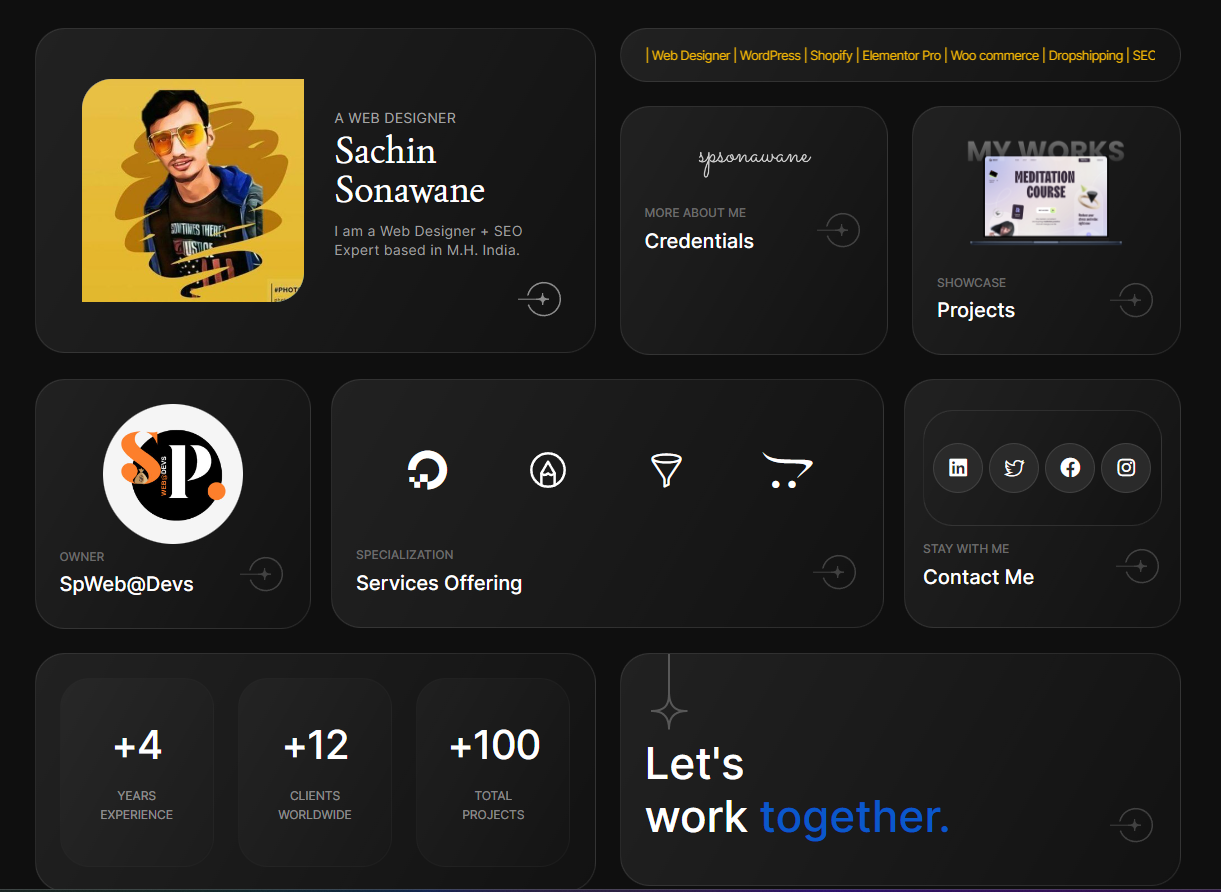- Home
- Digital Marketing
- YouTube Dominates Google Video ...

Explore how YouTube took the lead in the video content arena, surpassing Google Video in 2020. Discover insights, trends, and FAQs about this incredible transition.
In the dynamic world of online video content, 2020 was a year of transformation. It witnessed a remarkable shift in the video platform hierarchy, with YouTube emerging as the undisputed leader, leaving Google Video trailing behind. This article delves into this monumental change and provides valuable insights into why YouTube now dominates Google Video in 2020.
The Rise of YouTube
YouTube’s Ascent to Supremacy
In the realm of online video content, YouTube’s ascent has been nothing short of spectacular. With over a billion hours of videos watched daily, YouTube has captivated the globe. How did this platform achieve such dominance in the year 2020?
YouTube Dominates Google Video in 2020
Why Google Video Lost Its Crown
While Google Video was once a formidable contender, it began to lose its edge. This section explores the reasons behind Google Video’s decline and YouTube’s rise to the top.

The Power of User-Generated Content
Engaging and Varied Content
One of YouTube’s strengths lies in its vast array of user-generated content. From vlogs to educational videos, this platform offers content to suit every taste.
Accessibility and User-Friendly Interface
Making Video Content Easily Accessible
YouTube’s user-friendly interface and accessibility on various devices make it a favorite choice for viewers. It’s a world where you can easily access your favorite content at your convenience.
Monetization Opportunities
For Content Creators and Businesses
YouTube’s robust monetization options have been a game-changer for content creators. It allows YouTubers to turn their passion into a source of income, and businesses can harness its advertising capabilities.
Algorithmic Recommendations
Tailored Viewing Experiences
YouTube’s recommendation algorithms provide a personalized viewing experience that keeps viewers engaged for extended periods.
Google Video: The Decline
Falling Behind in the Race
Google Video’s inability to keep up with YouTube’s evolving features and user-focused approach led to its eventual decline.
Quality vs. Quantity
Content Is Key
YouTube’s focus on high-quality, engaging content has set it apart. In contrast, Google Video struggled to match the captivating content found on YouTube.
Integration of Social Media
Expanding the Reach
YouTube’s seamless integration with various social media platforms made sharing and promoting content easier, fostering growth.
FAQs
How did YouTube surpass Google Video in 2020?
YouTube’s commitment to user-generated content, user-friendliness, monetization options, algorithmic recommendations, and integration with social media contributed to its dominance.
Is Google Video still in operation?
No, Google Video ceased operations in 2012. The platform couldn’t keep up with the evolving demands of online video content.
Can content creators still make money on YouTube?
Absolutely. YouTube offers multiple monetization options for content creators, such as ads, sponsorships, and merchandise sales.
What are some key features of YouTube’s recommendation algorithms?
YouTube’s algorithms take into account a viewer’s history and preferences to suggest content tailored to their interests, keeping them engaged.
How can businesses benefit from YouTube’s advertising capabilities?
Businesses can use YouTube’s advertising options to reach a vast audience, promote their products or services, and increase brand visibility.
What should aspiring YouTubers focus on to succeed on the platform?
Aspiring YouTubers should prioritize creating high-quality, engaging content that resonates with their target audience and promotes their channel effectively.
Conclusion
In 2020, YouTube emerged as the undisputed leader in the world of online video content, surpassing Google Video in a spectacular transition. With its user-friendly interface, user-generated content, monetization opportunities, algorithmic recommendations, and social media integration, YouTube’s rise is nothing short of extraordinary. The decline of Google Video can be attributed to its inability to keep pace with YouTube’s innovative features and content offerings. As we move forward, YouTube continues to shape the way we consume and engage with video content, and it’s no surprise that it currently dominates the scene.
















